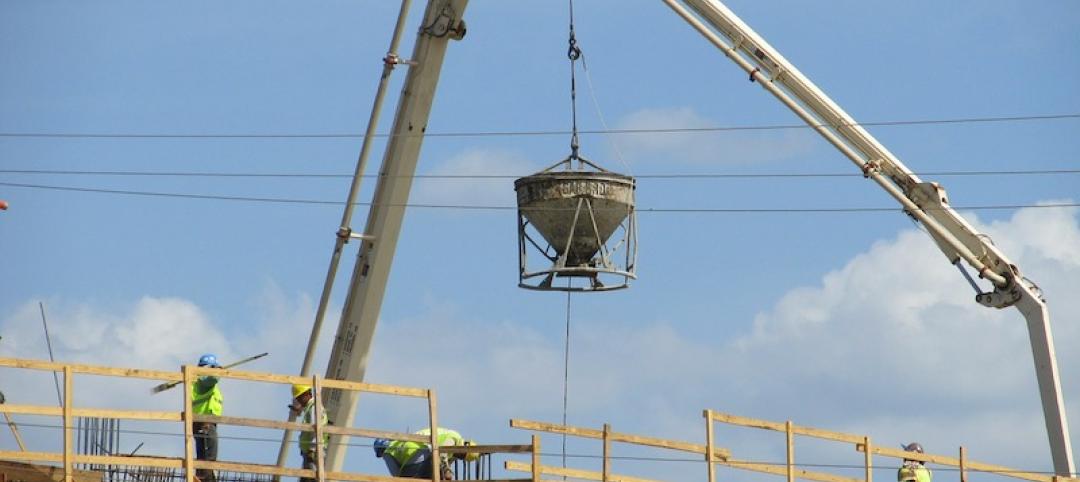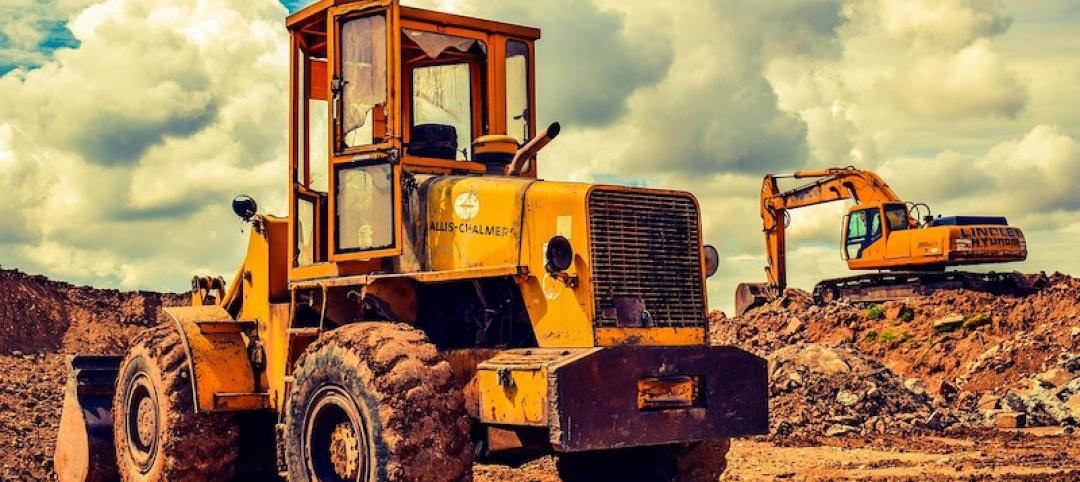Oxford Economics shares its latest analysis of the coronavirus outbreak and its global economic impact. Download the full report.
Coronavirus: Short-term pain but strong rebound likely
• Attention is understandably focused on limiting the damage from the short-term effects of the coronavirus outbreak. But it’s likely that, once disruption and uncertainty fade, the rebound in global economic activity will be strong. It’s important for firms to position themselves for such a recovery.
• Historical evidence supports this view, which is reflected in our baseline forecast and scenario analysis. In the past 200 years, short recessions have typically been followed by robust recovery. Long-term impacts from natural disasters have generally only been evident for specific hazards. With the notable exception of AIDS, longer-term pandemic effects also appear to have been contained.
• Surveys during the 2003 SARS and 2009 influenza outbreaks highlight one explanation for time-limited impacts. Public fears increased alongside rising infection rates, but they dissipated promptly as outbreaks came under control.
• Our modelling is consistent with these stylised facts. In our coronavirus pandemic scenario, global growth grinds to a halt in Q2 2020 as the world economy succumbs to recession, but it then rebounds to a rapid 5% pace of expansion within a year. With much of the initial output loss recovered in a relatively short period of time, long-term impacts are limited.
• But there are risks to this view. The period of disruption could be longer than anticipated, depending on the potential spread and seasonality of COVID-19 and policy actions to mitigate the fallout. Opinion polls also highlight the potential risk of larger, more persistent effects for some countries.
• Moreover, coronavirus-related weakness and associated financial distress could expose other key vulnerabilities – for example related to deteriorating corporate sector balance sheets and fragile trade relations. These would be expected to have persistent effects on global activity over the coming years.
Coronavirus Watch: Global recession is on the way
• Developments over the past week have greatly increased the likelihood that the global economy is moving into recession in response to the surge in COVID-19 cases worldwide, the associated disruption, and the aggressive market sell-off.
• The dismal Chinese activity data for February and the continued slow return to business as usual suggest that China will be an even bigger drag on global GDP growth than we had previously expected in Q1. It also suggests that the economic costs elsewhere associated with shutdowns, other less stringent measures, and voluntary forms of social distancing will be substantial.
• Our current forecast baseline, which was predicated on a modest acceleration in quarterly non-China global GDP growth in Q2, now looks too optimistic. We will issue revised forecasts at the end of this week. And there’s also clearly a risk that disruption extends into Q3, limiting any bounce-back as the Northern hemisphere enters summer.
• But history suggests that economies revive quickly even after major one-off shocks. For now, we still expect a substantial rebound in H2 after a dreadful H1. But policymakers must minimise the adverse spill-overs and second-round effects from shutdowns, such as minimising the risk of cash-flow problems that trigger a wave of bankruptcies and pile pressure on the banking system.
US economy: Profound, pervasive, and persistent – the recession is here
• The US economy is in a recession. The coronavirus pandemic will lead to profound, pervasive, and persistent, but not permanent reductions in activity, with widespread cuts in social spending, severe disruptions to supply chains, and a major interruption in travel and tourism activity.
• With the economics of fear in full swing, we’re now starting to experience the economics of “sudden stops” following public school closures and strict limits on social gatherings across the country. While these measures are indispensable to contain the outbreak, they’ll leave a mark on the economy.
• Our new baseline, to be released Friday, will show real US GDP growth at zero in 2020, down from our forecast for annual growth of 1.7% pre-virus, with around a 12% annualised contraction in output in Q2, equivalent to around a 3% quarter-on-quarter rate of contraction.
• A massive pullback in discretionary and social spending will likely lead to the sharpest quarterly contraction in consumer outlays on record. We expect business investment and trade to shrink by the most since the global financial crisis. Overall, we anticipate a total US GDP loss of $350bn in 2020 and around 1 million job losses.
• Facing a combination of surging corporate spreads, reduced liquidity in the Treasury market, stress in the repo and commercial paper market, a dollar funding issue, and the risk of a credit freeze, the US Federal Reserve decided to “go big” with a necessary display of force as the lender of last resort.
• Meanwhile, the Administration’s confused guidelines and Congress’s pace of response have hurt the economy. With local authorities finally implementing social restraint measures, testing being ramped up, and fiscal stimulus appearing on the horizon, we can hope for a rebound in the second half of the year. But things will still get worse before they get better. In this context, elevated corporate leverage represents a major source of downside risk.
Global travel and tourism confronts unprecedented hit in 2020 as impacts escalate
• Since our last global travel forecast update in February the situation with COVID-19 has become markedly worse—the virus has spread more widely and rapidly than anticipated. Countries around the world have implemented a series of measures in an effort to reduce contagion. However, these measures are causing serious disruption to global growth. Measures will impact tourism still more heavily and an unprecedented fall in global travel is now likely in 2020.
• We project that global arrivals – defined as inbound arrivals of international leisure and business travellers – will fall by at least 10.5% relative to last year (equivalent to 155 million fewer arrivals).
• Asia Pacific will be the hardest hit region, with a 15.4% decline in visitor arrivals forecast for 2020, equivalent to 55 million fewer arrivals compared with 2019. China was the source of the outbreak and is driving much of the decline. China is both the largest destination market and source of travel demand within the region.
vEuropean inbound travel is now forecast to decline 9.7% in 2020. This is less of a fall compared with Asia Pacific in percentage terms but represents a higher volume of travel: 72 million fewer visitors than in 2019.
• Travel to North America is expected to decline 10.9% in 2020.This downgrade is in part due to President Trump’s ban on visitors coming from major European markets. This decline is roughly double the decline from SARS and implies 16 million lost visitors, exceeding the multi-year impact following 9/11. Arrivals to the Americas overall are forecast to decline 9.7% in 2020.
• There are significant downside risks to the 2020 outlook and our quantified downside scenario is becoming increasingly likely. Travel restrictions are being imposed in more countries, and more rapidly than expected, while the spread of the virus and supply restrictions are further reducing travel sentiment.
• Under our downside scenario, global arrivals would fall 17.9% in 2020, 263 million fewer arrivals than in 2019. Under our downside scenario assumptions, travel to and from all regions is downgraded substantially. The impact on the Americas and Europe is more comparable to the impact on Asia Pacific—the hardest hit region under the baseline—as prevention measures are ramped up.
• As with the wider global economy, however, once the situation has stabilised we still expect a rapid recovery since travel demand has proven resilient in bouncing back from downturns in the past. Travel levels are expected to fully recover by 2023.
Related Stories
Coronavirus | Apr 1, 2020
TLC’s Michael Sheerin offers guidance on ventilation in COVID-19 healthcare settings
Ventilation engineering guidance for COVID-19 patient rooms
Coronavirus | Apr 1, 2020
February rise in construction outlays contrasts with pandemic-driven collapse in March as owners, government orders shut down projects
Survey finds contractors face shortages of materials and workers, delivery delays and cancellations.
Coronavirus | Apr 1, 2020
Green cleaning and the coronavirus
If your cleaning teams use bleach to disinfect buildings from Coronavirus, will you put your LEED certification at risk?
Coronavirus | Mar 31, 2020
As cities scramble for hospital beds to treat COVID-19 patients, Leo A Daly offers a hotel-to-hospital solution
The firm has devised three conversion models, for different levels of healthcare required.
Coronavirus | Mar 30, 2020
Your turn: Has COVID-19 spelled the death knell for open-plan offices?
COVID-19 has designers worrying if open-plan offices are safe for workers.
Coronavirus | Mar 30, 2020
Learning from covid-19: Campuses are poised to help students be happier
Overcoming isolation isn’t just about the technological face to face, it is about finding meaningful connection and “togetherness”.
Coronavirus | Mar 30, 2020
COVID-19 innovation: Setting parameters for hotel-to-hospital conversions
tvsdesign breaks down different room types and how they might help free up hospital beds for coronavirus patients.
Coronavirus | Mar 30, 2020
New Department of Homeland Security guidance clarifies construction's role in supporting essential critical infrastructure
Construction officials say new federal guidance should signal to state and local officials the need to allow construction activity to continue, or resume, during coronavirus-related work stoppages.
Coronavirus | Mar 27, 2020
Sharp jump in owners cancelling or delaying construction projects across the country, new survey finds
After 42 states added jobs in February, coronavirus is taking a swift and severe toll on the industry, prompting association officials to call for additional measures to help workers and firms recover.
Coronavirus | Mar 27, 2020
Covid-19 stalls demand for design services
Two thirds of architecture firms report slowing or stoppage of projects due to COVID-19.

















